The ISB sports program boasts a phenomenal array of varsity sports, engaging in competition with other Southeast Asian international schools in the IASAS Conference. ISB has split the sports into three seasons, each generally lasting two or three months. ISB has a total of 11 varsity sports, including a wide range of sports popular across the world. Among the exceptions is American football. According to Next College Student Athlete (NCSA), American football is the most popular high school sport in the U.S., beating basketball, soccer and track. In general, students at ISB take a significant interest in American football, often watching games or highlights in between classes, because of its nature as a high-energy game known for adrenaline-filled moments. According to the ISB Marketing Department, one in five ISB high school students holds an American passport. Even those from other parts of the world would take an interest in the sport and would love the rare opportunity to compete and train.
This is evident every year on Super Bowl day, when there are typically more American absences than usual because students like to watch the game with their families. Take, for example, ISB student Colten Markley, a ninth grader, who used to play football in Texas, one of the most competitive states to play American football, and had dreamed of going on to play in college. When he heard he was moving to Thailand and found out there was no football program at all, he was devastated. There are a many kids who wanted to play football in high school but can’t because they don’t have the opportunity. At a school as great as ISB, every kid should get the chance to play their sport. Alastair Perryman is another student with big football aspirations who never got the chance to play the sport here at ISB. So too is tenth grader Oliver Newman. “I grew up loving American football,” Newman says. “I never got the chance to play for a team, and if ISB offered the opportunity, I know plenty of people who would play, including me.”
Believe it or not, American football is not new to Asia. Take Singapore, for instance, which has a thriving American football league featuring flag football for U14 & U12 age levels. And the SAFL (Singapore American Football League) created a high school team that travels around the world, previously to Dubai and on to Japan this year. Most of the players on the team are from the Singapore American School (SAS), which is an IASAS member school. Other countries such as India, China, Japan, the Philippines and South Korea offer similar opportunities.
Though adding an American football team would require coaches, a large roster of players, competitions to play in, uniforms, and a lot of new equipment, another barrier is competition. In Southeast Asia, there are no high school football teams, meaning that even if the school were to hire coaches and make a varsity roster, we would have no games. But these challenges are not a deal breaker. The absence of existing high school football teams in Southeast Asia presents a unique opportunity for ISB to pioneer the introduction of the sport, not only within the school but perhaps even on the regional level. By overcoming these initial obstacles, ISB could create a unique niche for itself, ushering in a new era of American football throughout Southeast Asia.
One alternative to the traditional tackle approach would be 7-on-7 flag football, and there is competition in the area for this version of football. In Thailand, there is a 7-on-7 flag football league called AFL (American Football League). The league is a recreational one whose purpose is to raise awareness and get people to play American football within Thailand and the expat community. There are also other Thai 7-on-7 teams with whom ISB could arrange games. So, ISB could assemble a flag football team that could compete in the AFL, and for practices, we could have a club that hosts weekend games similar to the frisbee enthusiasts who get together on the field at school on weekends. If the club became popular and competitive, ISB could start a team that practices after school. While 7-on-7 football wouldn’t be the same as high school football games in the United States, it undeniably would serve as a promising starting point for ISB. As the team gained popularity and competitiveness, there might be potential to transition to a more structured team as well, paving the way for establishing American football as a part of ISB’s athletics.

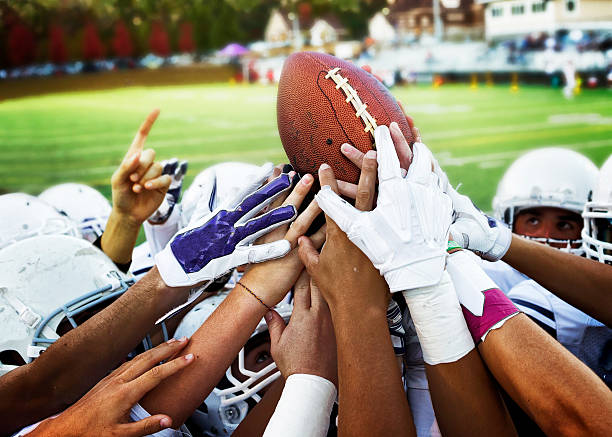


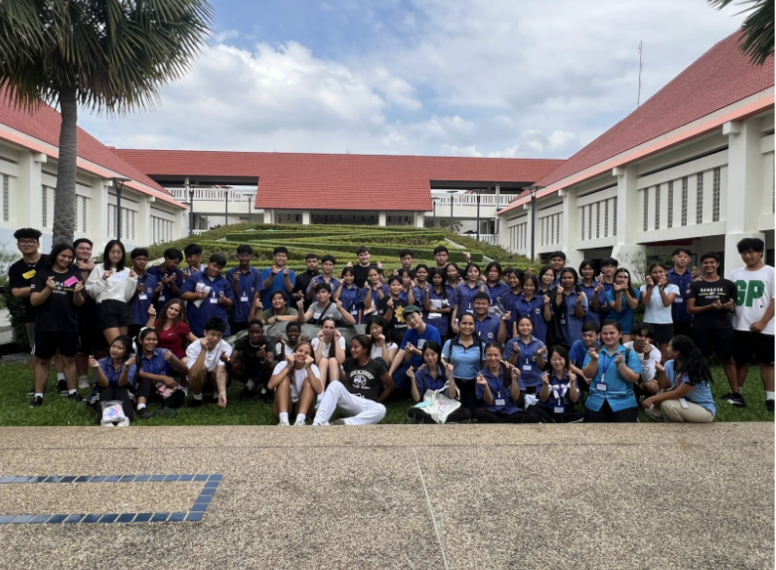

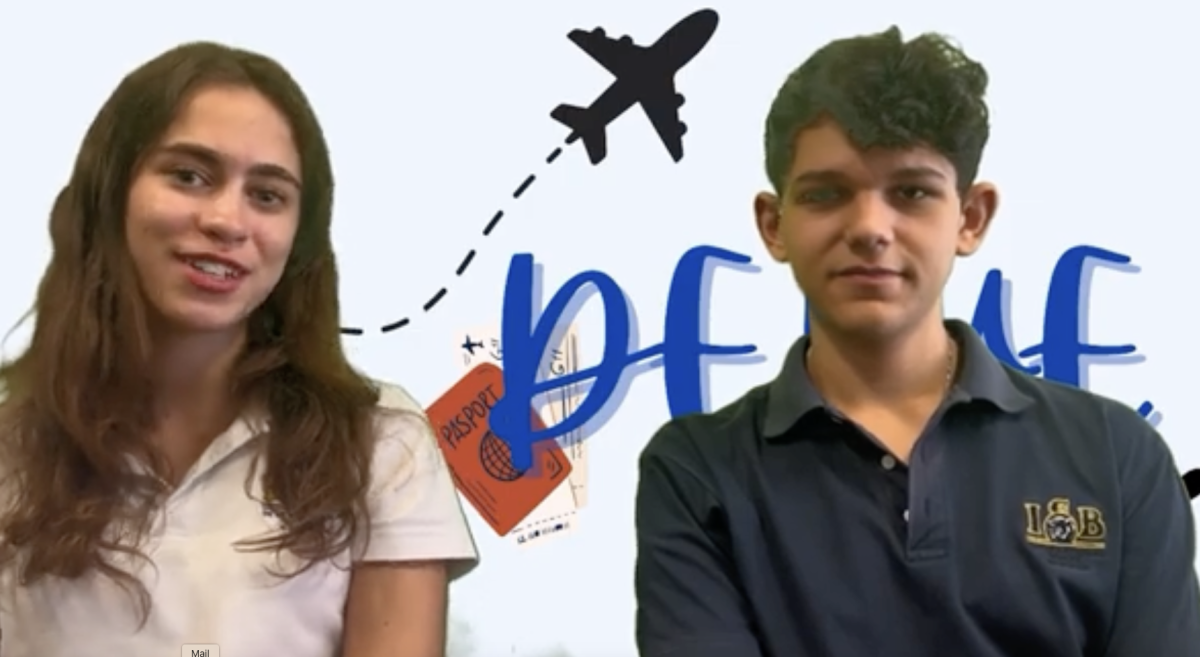








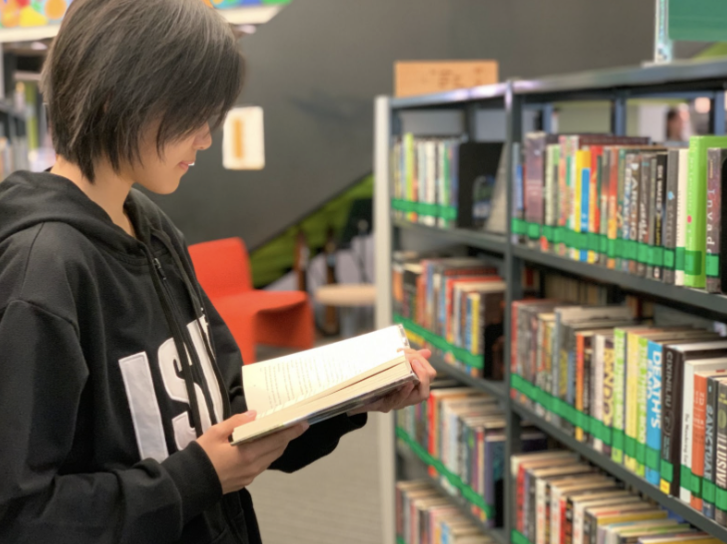

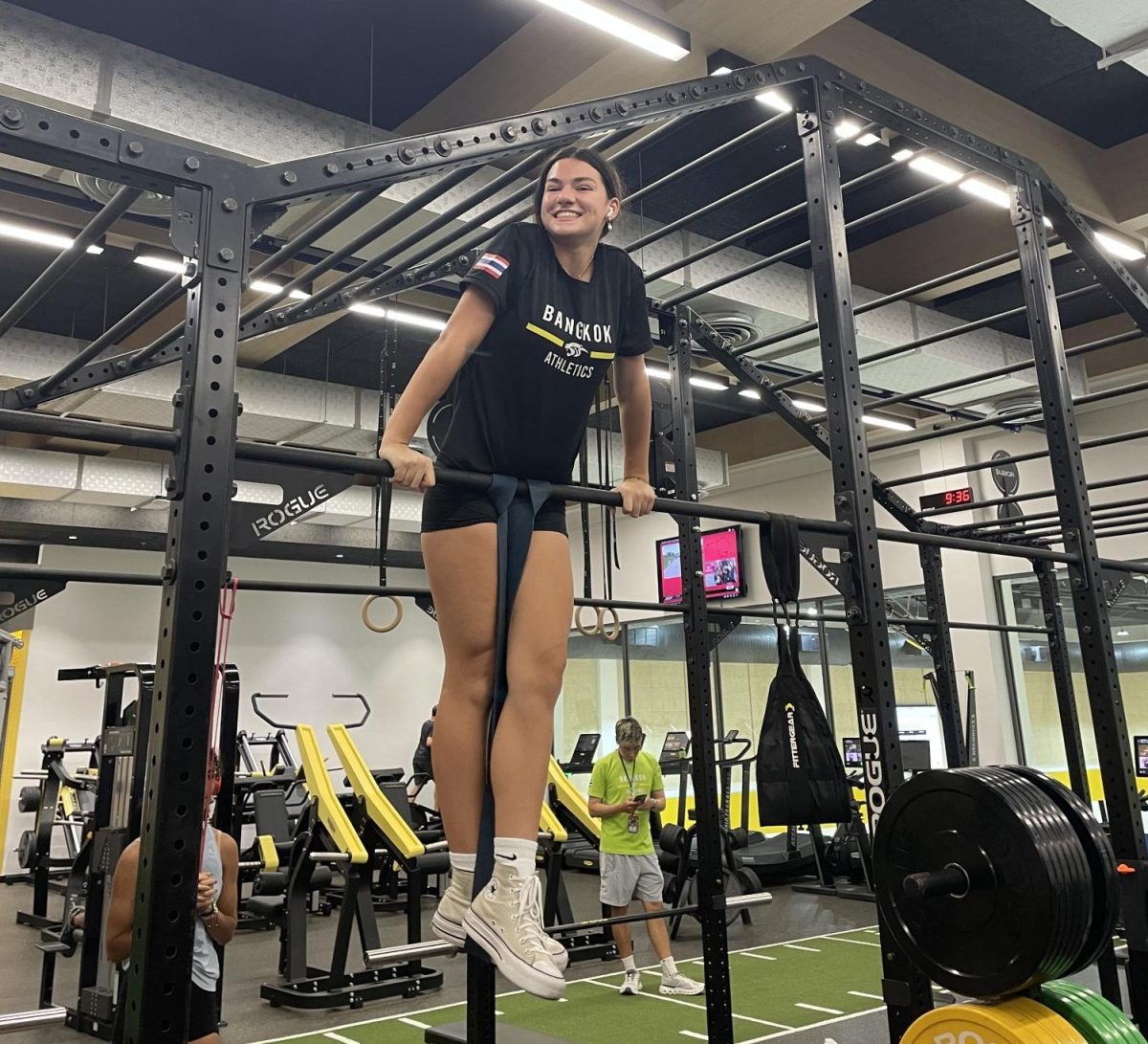
Mr B • Feb 6, 2024 at 10:48 am
Good perspective on a sport played extensively in the United States.
Pol Gaya • Feb 1, 2024 at 6:34 am
good job yoseph